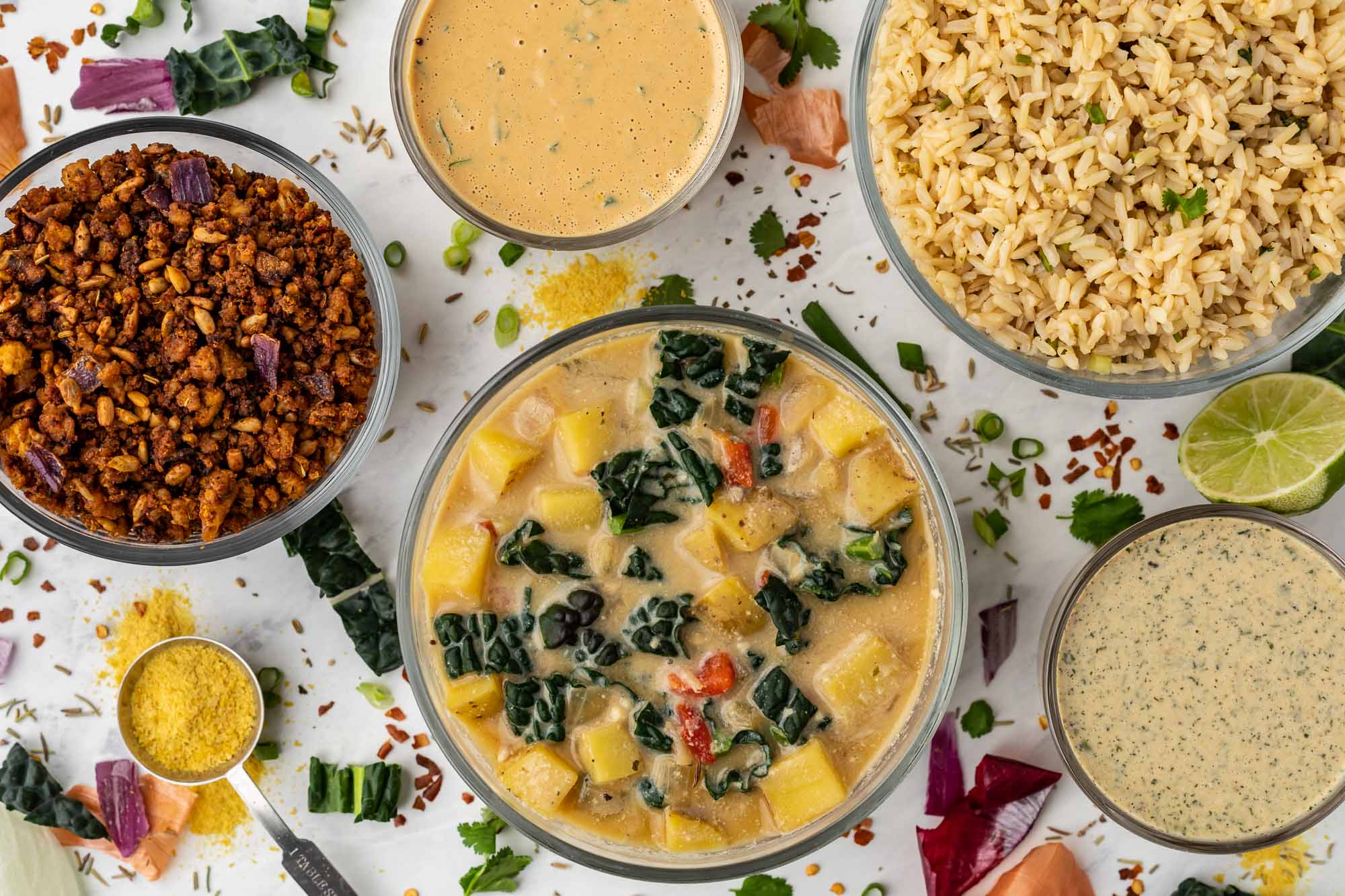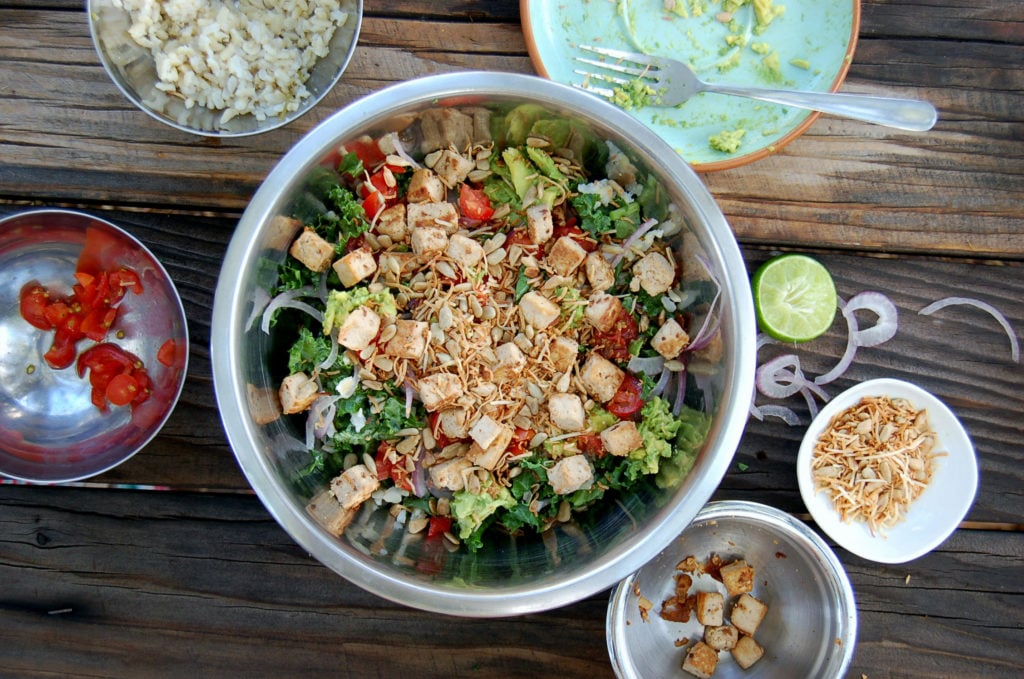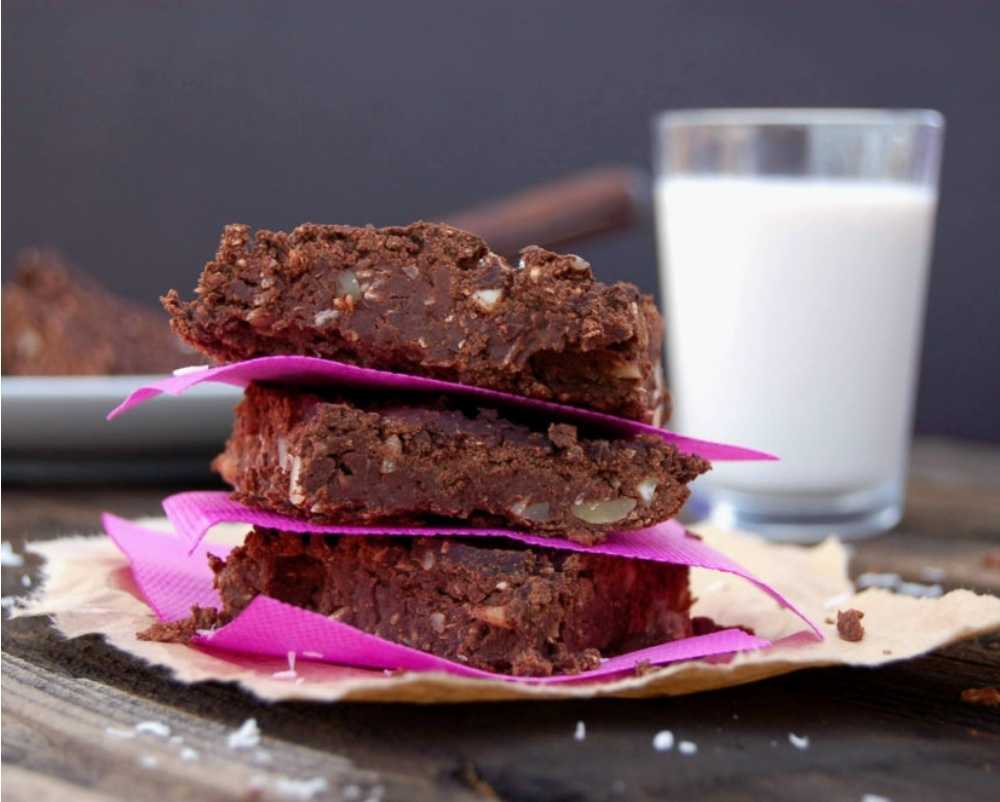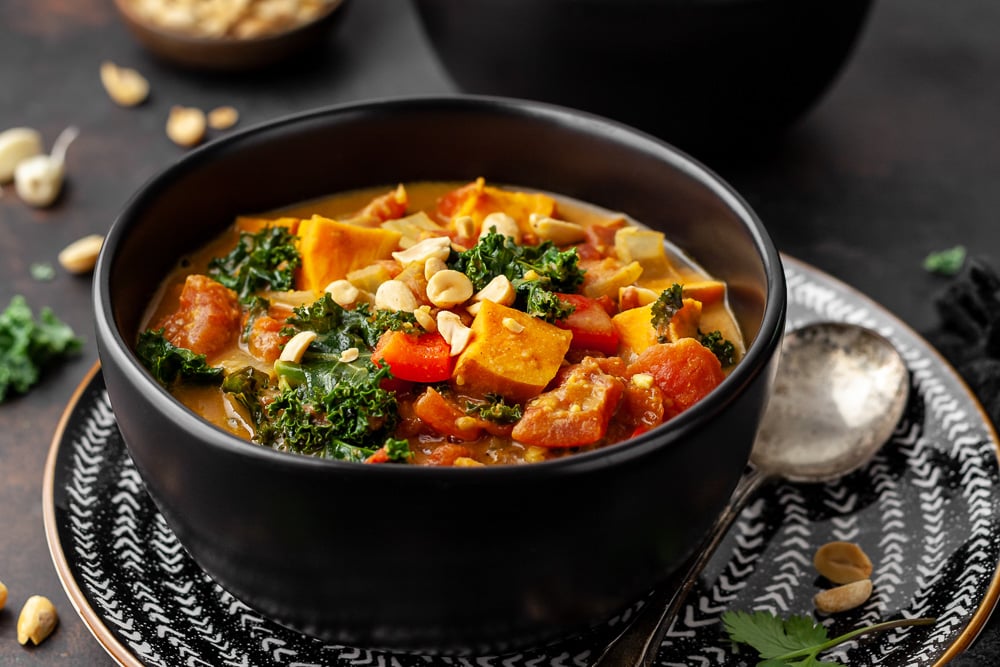Eat the Rainbow: Your Guide to a Colorful Plant Based Plate

By Team Dirty
Jun 18, 2022,
By Team Dirty
Jun 18, 2022,
Just to set the record straight, red onions and red cabbage are indeed purple. Can we get a hell yeah? Now, about why we should eat the rainbow… The color of your food can indicate which vitamins, nutrients, and phytochemicals are inside. In addition to eating whole plant foods, eating a wide range of colors provides the most nutrient diversity.
“Colorful foods are often healthier because they contain antioxidant pigments, whether it’s the beta-carotene that makes carrots and sweet potatoes orange, the lycopene antioxidant pigment that makes tomatoes red, or the anthocyanin pigments that make blueberries blue. The colors are the antioxidants.”
Dr. Michael Greger
When you eat a nutrient-diverse whole-food plant-based diet, you literally eat the colors of the rainbow. This is one reason why plant based eating sparks so much joy—it’s fun to cook and eat naturally bright-colored food, and the colors help the body heal and thrive.
Eating the rainbow is easy when you follow our plant-based meal plans, aka meal plans. We take the guesswork out of nutrient diversity. Here are some of the whole plant foods we use and their benefits.

Red 🍒
Red fruits and veggies contain powerful antioxidants which help protect against cell damage. Studies indicate lycopene and anthocyanins may prevent certain cancers and heart disease. Red foods are also especially high in vitamin A, vitamin C, potassium, and Vitamin K.
- Cherries
- Cranberries
- Pomegranate
- Raspberries
- Red onion (come on…)
- Red Peppers
- Red Quinoa
- Strawberries
- Tomatoes
- Watermelon
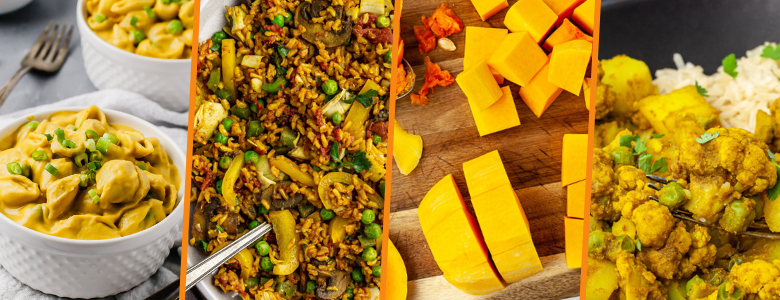
Orange and yellow 🍊
Carotenoids can be found in orange and yellow plant foods. They’re antioxidants that promote healthy hormone production and eye health. They also help reduce free radicals and inflammation, which is linked to chronic diseases like heart disease and asthma.
- Butternut squash
- Carrots
- Corn
- Lemons
- Mangos
- Oranges
- Papaya
- Pumpkin
- Sweet potatoes
- Squash
- Turmeric

Green 🥦
We all know green plants are good for us. We may not know that it’s because they pack in tons of antioxidants, minerals, vitamins, and flavonoids like chlorophyll, which helps your body heal itself. Other antioxidants and phytonutrients found in green plants help support all areas of health, from your cardiovascular system to your mental health. Dark leafy greens are especially good sources. Eating the rainbow is easy when it comes to greens.
- Asparagus
- Artichoke
- Avocado
- Broccoli
- Cabbage
- Collard greens
- Green beans
- Herbs
- Kale
- Kiwi
- Lettuce
- Limes
- Mung beans
- Pears
- Spinach
- Zucchini

Blue and purple 🫐
Deep blue and purple plant foods contain anthocyanin, an antioxidant that helps protect against cancer, inflammation, and heart disease. Anthocyanin can also improve cognitive health and mood.
- Blackberries
- Blueberries
- Eggplant
- Elderberries
- Forbidden rice
- Grapes
- Kohlrabi
- Plums
- Purple peppers
- Purple potatoes
- Radicchio
- Red Cabbage (who named this veggie anyway)

White 🧄
White fruits and veggies contain anthoxanthin, an antioxidant which protects against cell damage and inflammation. They also contain nutrients known to lower bad cholesterol and high blood pressure.
- Bananas
- Cauliflower
- Garlic
- Jackfruit
- Jicama
- Mushrooms
- Onions
- Potatoes
- Rice
- Turnips
How to eat the rainbow
Now you know what different colors do for your body and have lots of options to choose from, make yourself a plate!
Here are some quick tips on eating the rainbow:
- Try to eat plants from a few color groups each day.
- Get creative and try new dishes. Never had eggplant? Give it a spin!
- Snacking on fresh fruits or veggies is a simple way to add nutrient diversity to your meals.
- Sprinkle Rainbow Crunch Topping on salads, stir fry, taters, or whatever needs a confetti of crunch.
Eating the rainbow made easy
Clean Food Dirty Girl plans the nutrient diversity for you, so you don’t have to think about it. All you have to do to get the benefits of a colorful whole-food plant-based diet is cook and eat!
Some of our favorite colorful plant-based meal plans are:
Here’s to eating the rainbow!
Xo
Team Dirty
Love the food that loves you back
Get instant access to thousands of plant-based recipes and meal plans, no credit card or perfection required.

